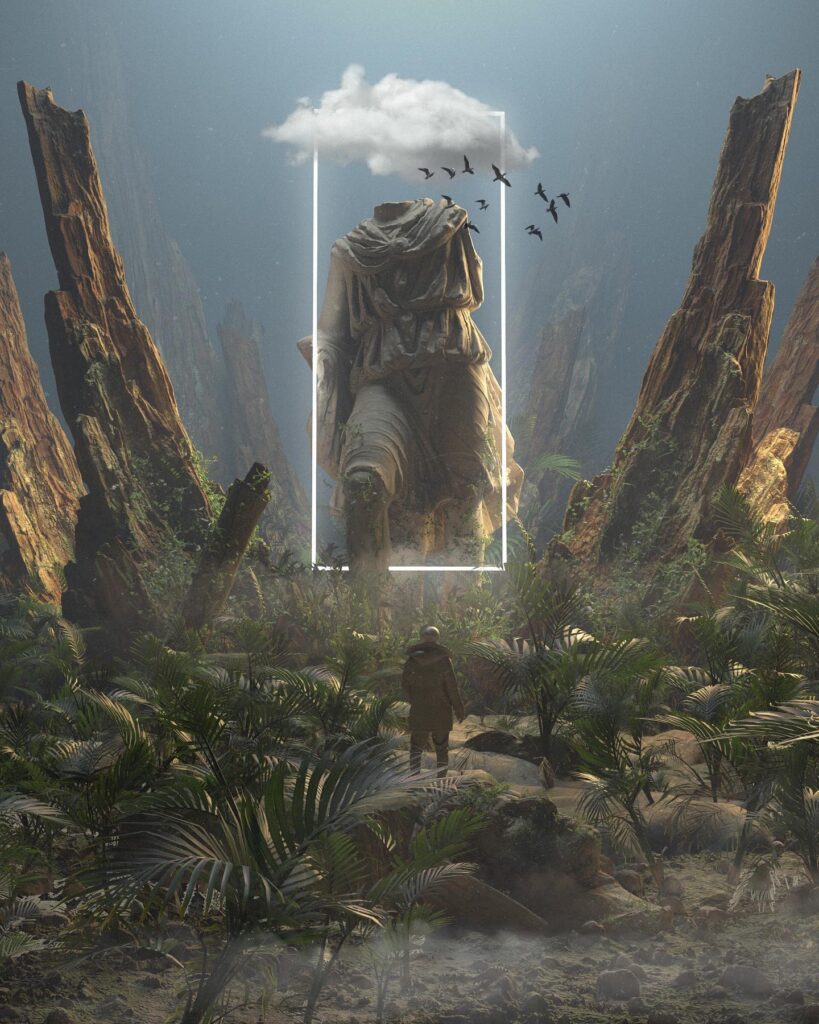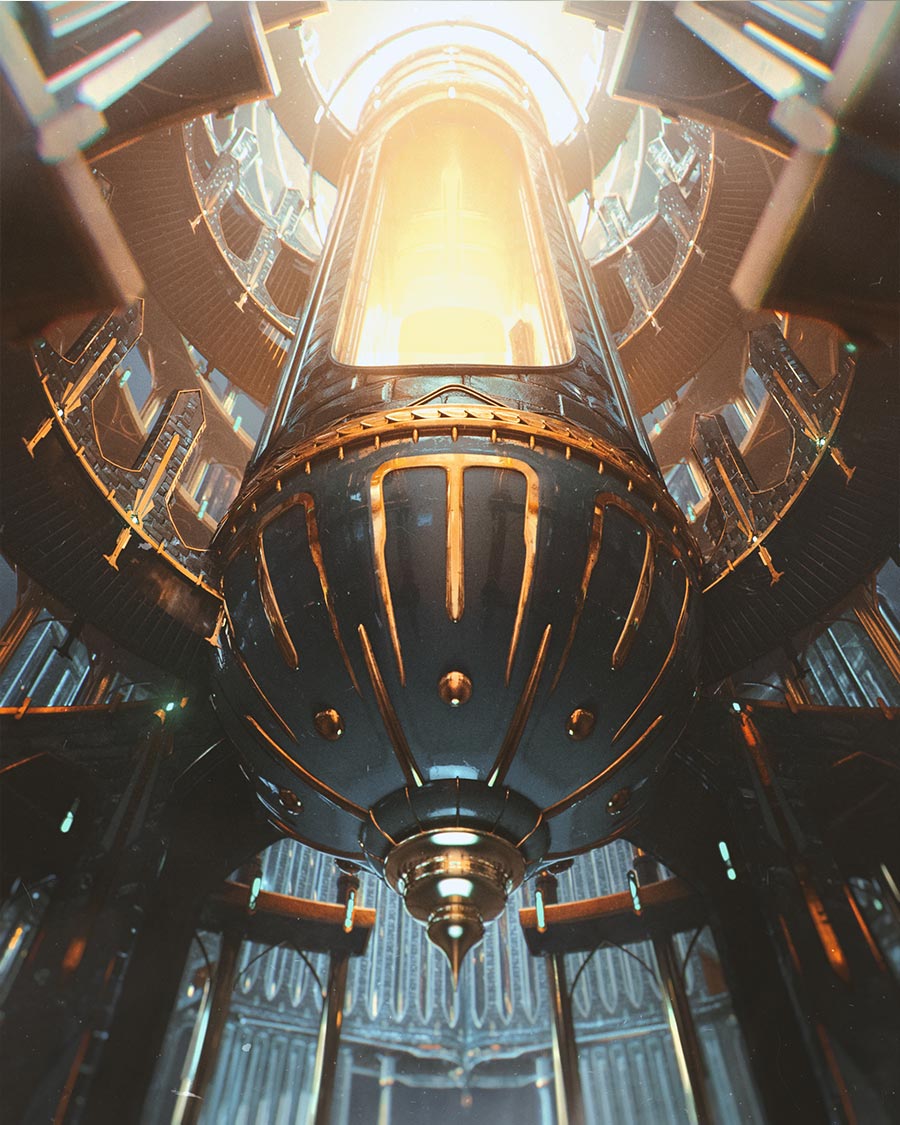Introduction to 3D Modeling
3D modeling is an incredible art form and technology that brings ideas and concepts to life in a virtual 3D space. At its core, 3D modeling involves creating three-dimensional objects using specialized software. These models are then used across various industries, including gaming, animation, architecture, product design, and even healthcare. Whether you’re designing a character for a video game or developing a prototype for a new product, 3D modeling is an essential tool that can turn imaginative ideas into digital reality.
What is 3D Modeling?
In simple terms, 3D modeling is the process of developing a mathematical representation of any object in three dimensions. The model consists of points, lines, and polygons that form the object’s shape, which can then be rendered or manipulated using computer software. These models can be realistic or abstract, depending on the purpose they are serving.
Importance of 3D Modeling in Various Industries
From enhancing entertainment through realistic animations to saving lives with detailed medical simulations, 3D modeling plays a pivotal role in modern technology. Industries ranging from entertainment and construction to healthcare and manufacturing rely on 3D models for visualization, prototyping, and design.
History and Evolution of 3D Modeling
Early Beginnings of 3D Modeling
The roots of 3D modeling date back to the 1960s when computer scientists started experimenting with 3D computer graphics. The early models were simple wireframe structures and were primarily used in academia and government research.
Technological Advances in 3D Design
The rise of powerful computing and graphics hardware during the 1980s and 1990s dramatically changed 3D modeling. With software like AutoCAD and later, Maya, Blender, and Cinema 4D, artists and engineers could create highly detailed and realistic models. Today, 3D modeling continues to evolve, with advancements like virtual reality (VR) and artificial intelligence (AI) pushing the boundaries.
Applications of 3D Modeling
3D Modeling in Gaming and Animation
In the world of gaming, 3D modeling is essential for creating characters, environments, and objects. These models are animated and integrated into games, making them visually stunning and immersive. Films also rely on 3D modeling to create complex scenes, from realistic creatures to entire fantasy worlds.
3D Modeling in Architecture
Architects use 3D models to visualize structures and environments before construction. These models allow architects to test different design elements and view the project from multiple angles, ensuring it aligns with the intended design vision.
Use of 3D Modeling in Healthcare
3D modeling has had a revolutionary impact on healthcare. From creating detailed models of organs for study and surgery practice to designing medical devices, this technology is crucial for improving patient care.
Impact on Manufacturing and Product Design
Manufacturers use 3D models to create prototypes and designs for new products. This allows companies to test their designs and make adjustments before moving into the production phase, saving time and resources.
Types of 3D Modeling
Solid Modeling
Solid modeling is the most accurate type of 3D modeling used in engineering and CAD applications. It represents the volume and shape of a 3D object with precision, making it suitable for mechanical parts and product designs.
Wireframe Modeling
Wireframe modeling uses lines and vertices to create the framework of a 3D object. This type of modeling is useful for visualizing structures and basic designs but lacks detail and realism.
Surface Modeling
Surface modeling represents the external appearance of an object. It’s often used in industries like animation, automotive design, and fashion to create smooth, aesthetically pleasing surfaces.
Popular 3D Modeling Software
Blender
Blender is an open-source 3D modeling tool that’s incredibly powerful and versatile. From character animation to visual effects, Blender is a favorite among beginners and professionals alike due to its flexibility and free price tag.
Autodesk Maya
Maya is a high-end software widely used in the animation, film, and gaming industries. Its robust tools allow for complex modeling, animation, and rendering.
Tinkercad
Tinkercad is a beginner-friendly, web-based tool designed for those new to 3D modeling. It’s popular among educators and hobbyists for its simplicity and ease of use.
Cinema 4D
Cinema 4D is a professional 3D modeling software used in motion graphics and visual effects. Its interface is user-friendly, making it a good option for those looking to get into high-quality 3D rendering.



















